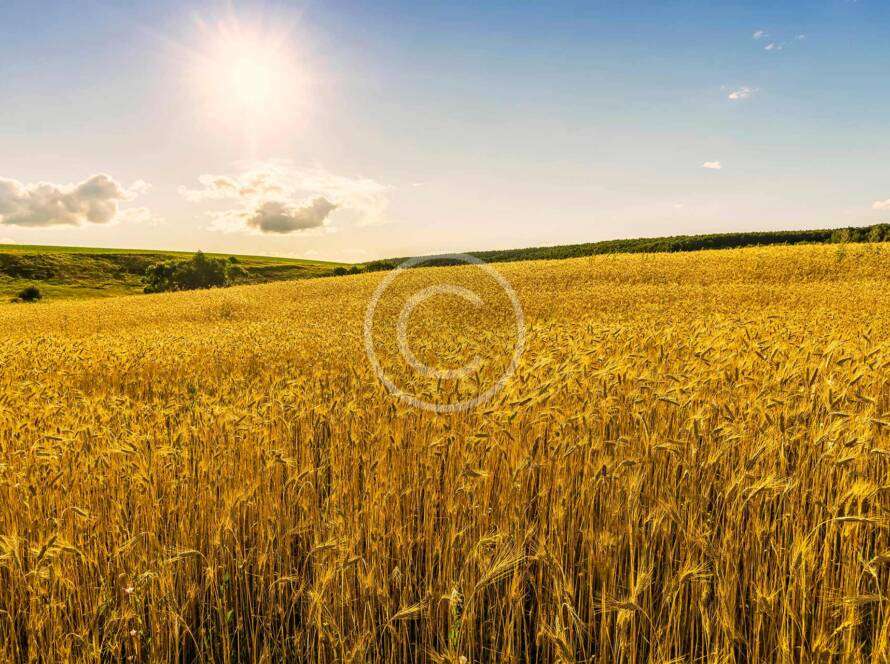Dairy farmers today face a critical decision: should they transition to organic milk production? While the shift requires significant investment and commitment, the potential economic benefits are compelling. This article explores the financial considerations, challenges, and opportunities of converting to organic dairy farming.
Understanding the Conversion Process
What Does Organic Conversion Involve?
Converting to organic dairy farming is not an overnight process. The transition requires:
- A minimum three-year conversion period
- Eliminating synthetic pesticides and fertilizers
- Implementing organic feed sources
- Meeting strict animal welfare standards
- Obtaining official organic certification
Initial Investment and Transition Costs
Financial Challenges of Conversion
Farmers must prepare for substantial upfront expenses:
- Land preparation and soil rehabilitation
- Organic feed procurement
- Herd health management
- Certification and compliance costs
- Potential reduction in milk production during transition
Estimated Conversion Costs
- Land preparation: $5,000 – $15,000 per farm
- Organic certification: $1,500 – $3,000 annually
- Feed cost increase: 20-40% higher than conventional feed
- Potential productivity loss: 10-15% during initial transition
Economic Benefits of Organic Dairy Farming
Premium Pricing
Organic milk commands significantly higher market prices:
- Average price premium: 50-70% over conventional milk
- Increased consumer demand for organic products
- Higher-value market positioning
- More stable pricing during market fluctuations
Long-Term Financial Advantages
- Reduced input costs after initial transition
- Lower veterinary expenses due to preventative care
- Potential government subsidies and support
- Access to premium market segments
Funding and Support Options
Financial Assistance for Conversion
- Government agricultural grants
- Low-interest agricultural loans
- Organic farming transition programs
- Tax incentives for sustainable farming practices
Risk Management Strategies
Mitigating Financial Uncertainties
- Gradual conversion approach
- Diversified income streams
- Careful financial planning
- Detailed market research
- Strong marketing strategy
Market Demand and Growth Potential
Organic Dairy Market Trends
- Consistent annual growth of 5-10%
- Increasing consumer awareness
- Health-conscious market segment
- Growing international export opportunities
Challenges to Consider
Potential Economic Obstacles
- Higher labor costs
- More complex management requirements
- Initial productivity reductions
- Strict compliance standards
- Weather and environmental dependencies
Financial Planning Checklist
Key Considerations Before Conversion
- Comprehensive farm audit
- Detailed financial projection
- Market demand assessment
- Certification pathway mapping
- Risk management strategy
- Marketing and sales plan
Technology and Efficiency
Technological Solutions
- Precision farming technologies
- Data-driven management systems
- Efficient organic farming practices
- Advanced monitoring tools
Conclusion
Converting to organic dairy farming represents a significant but potentially rewarding economic decision. Success requires careful planning, substantial investment, and a long-term perspective. Farmers who approach the transition strategically can unlock new economic opportunities, contribute to sustainable agriculture, and meet growing consumer demand for organic products.
Disclaimer: Economic figures and market projections are based on current agricultural trends and may vary by region and specific farm conditions.



